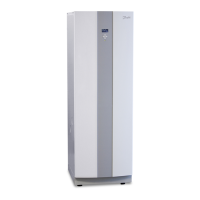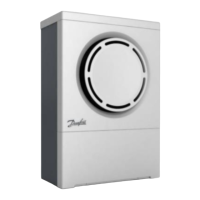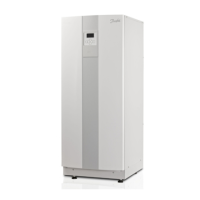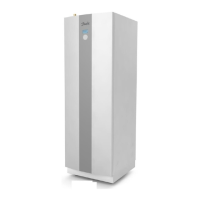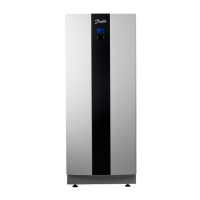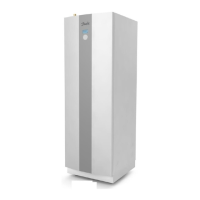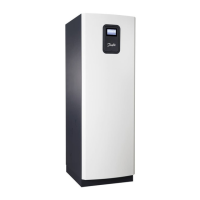15.4 Operational problems
ALARM........................................................................................................................65
Problem – Alarm LP (low pressure pressure switch) ...................................................................................65
Problem – Alarm HP (high pressure pressure switch) .................................................................................67
Problem – Alarm MS (motor protection)..............................................................................................68
Problem – Alarm sensor (all) .........................................................................................................69
Problem – Incorrect phase sequence.................................................................................................69
Problem – Alarm TS (addition) .......................................................................................................69
Problem – Alarm Brine out...........................................................................................................70
Problem – Alarm Brine flow low......................................................................................................70
Problem – Operating pressure switch open alternatively high hot gas temperature (indicated by med
in the display’s
lower left corner) ....................................................................................................................71
LEAKAGE......................................................................................................................71
Problem – Leak fluid side ............................................................................................................71
NOISE .........................................................................................................................72
Problem – Noise problem in the radiator system .....................................................................................72
Problem – Loud compressor noise ...................................................................................................73
Problem – Shrieking whistling noise .................................................................................................73
Problem – Noise – miscellaneous ....................................................................................................74
HOT WATER ...................................................................................................................74
Problem – Temperature and/or quantity .............................................................................................74
HEATING COMFORT ...........................................................................................................75
Problem – Too cold ..................................................................................................................75
Problem – Too hot...................................................................................................................77
OTHER ........................................................................................................................78
Problem – The heat pump runs and runs but never stops .............................................................................78
Problem – Runs on electric heating element .........................................................................................79
Problem – The auxiliary heater is in operation but not the compressor ................................................................80
Problem – The heat pump consumes too much energy ...............................................................................81
Problem – Auxiliary heater cuts in too soon ..........................................................................................83
Problem – Short operating times despite heating demand ...........................................................................84
Problem – Connection of external AH ................................................................................................84
OUTDOOR UNIT ...............................................................................................................84
Problem – Noise/loud noise .........................................................................................................84
Problem – Defrosting problems......................................................................................................84
Problem – Build-up of ice under and around the outdoor unit ........................................................................85
Problem – Water run-off by the outdoor unit, risk of moisture problems in house foundations.........................................85
Problem – Alarm LP (low pressure pressure switch)
Cause Troubleshooting Remedy
1. Blocked strainer on the brine circuit. Check that the strainer is not blocked. Clean the strainer if necessary.
2. Air in the brine circuit. Listen for air in the heat pump and brine circuit. Bleed the brine circuit according to the
installation instructions.
3. Closed taps, main tap or filler cock on the
brine circuit.
Check that the shut-off cock/any other taps are
open.
Open closed taps.
4. The circulation pump for the brine circuit
is defective or has jammed.
Check:
•Thatthecirculationpumpspins.
•Thattheshut-offvalvesareopen.
•Thatthestrainerisnotblocked.
•Thatnoairisintheheatingsystem.
The circulation pump may have
jammed, if so, open the bleed screw and
try to release the paddle wheel using a
screwdriver for example.
Open closed valves or taps.
Check, and, if necessary, clean the
strainer.
If necessary, bleed the heating system
according to the installation instructions
5. Cable break or loose cable to low pres-
sure pressure switch.
•Checkthatbothcablesareconnectedonthe
pressure switch.
•Usingthebuzzer,checkthatthereareno
cable breaks. In order to do this, disconnect
the cables from the pressure switch and circuit
board.
If a cable has come loose, connect it.
If there is a cable break, replace the
cable.

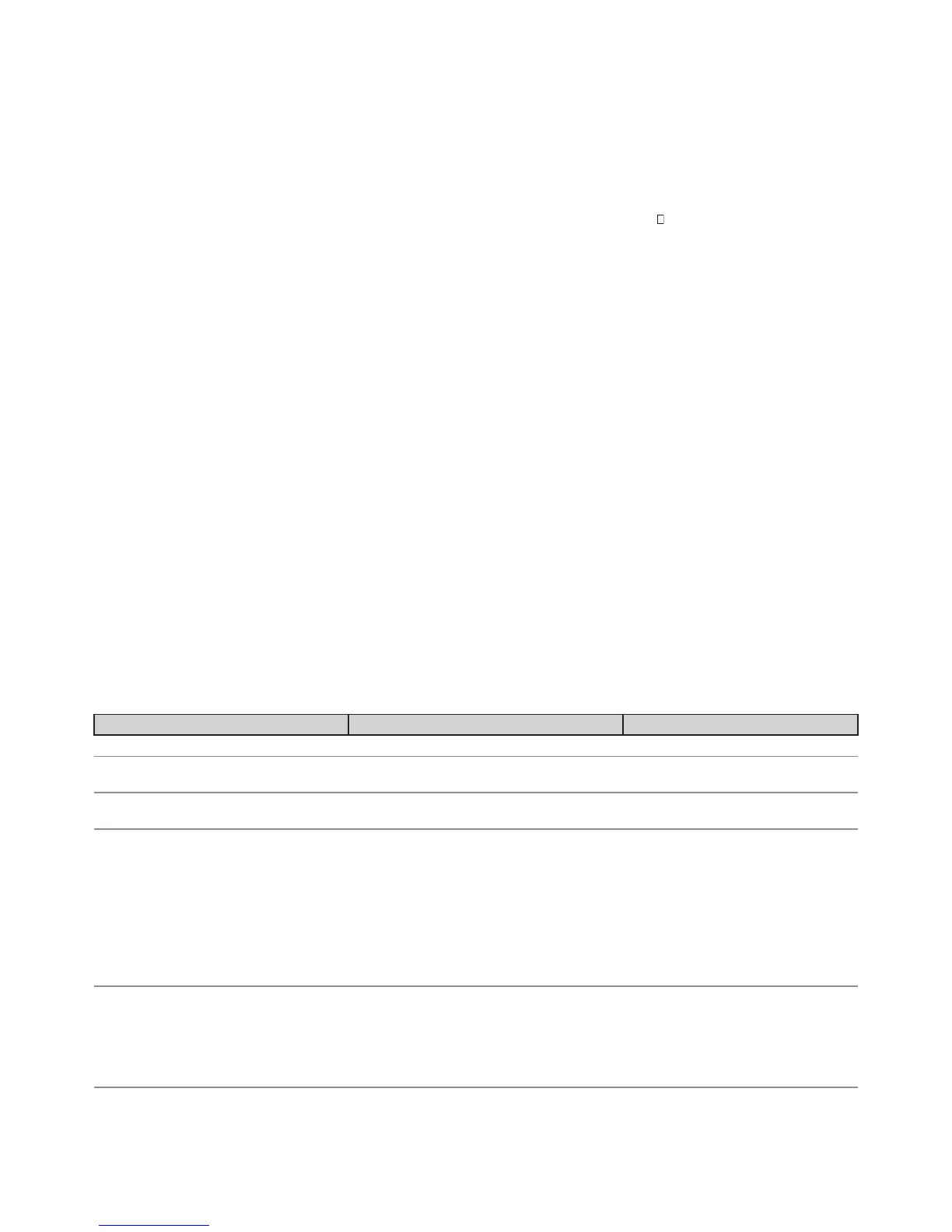